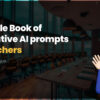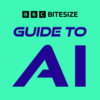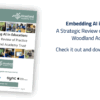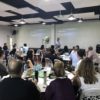
I’ll of course start with the same message I’ve been sharing for many, many years, that every day should be a safer internet day. It’s been a personal pleasure to see more people take on and share this mantra over the years. The truth of the matter is though that the spotlight that having Safer Internet Day brings each year is a welcome spotlight and it is amazing to see schools around the world embrace it. With all the bad things happening in the world, Safer Internet Day always seems to be one of those days that truly does unite people.
The theme for this year’s Safer Internet Day is:
“Inspiring change? Making a difference, managing influence and navigating change online.”
It’s a tricky topic.
The internet is an amazing, fascinating and brilliant place. However, when we see social media companies and their algorithms pushing content to what seems to be ever increasingly younger users and we see more risks around CSAM with the use of AI image and video generators (h/t to Alan Mackenzie here), it’s a scary world.
For many years, I’ve had the pleasure of working with many hundreds of schools supporting them not just with their use of EdTech. But of course with that, a focus must always be placed upon safeguarding and online safety.
This year, to help all schools, I thought I’d create an assembly resource (although it could equally be used in a lesson) which covers the topics encompassed within the theme for this year’s Safer Internet Day.
The resource is free, albeit protected by a Creative Commons License. All of the terms are placed on the first and last slides of the presentation. Essentially, you can take it as it is, adapt it and remix it, you must give proper attribution and you cannot use it for commercial purposes. It isn’t placed behind a paywall and you don’t need to give me your email address either, although if you ever see me, a coffee would be lovely!
With so many worries coming from AI, such as Chatbots, Fake News and Fake Images, I’ve included images on most slides that have been created using AI image generation tools such as ideogram, Dall-E and Adobe Firefly. The tool used is signified on slides by the use of an icon to represent which tool I used.
Finally, like with my recent IDEAL post/resource about using AI as a student, thinking about digital citizenship and literacy when using AI or my THINK resource that I created many years ago now (2013!), in this presentation, I created a new acrostic and resource to help unpick whether or not a resource/news story/social media post is REAL. You can see it below:
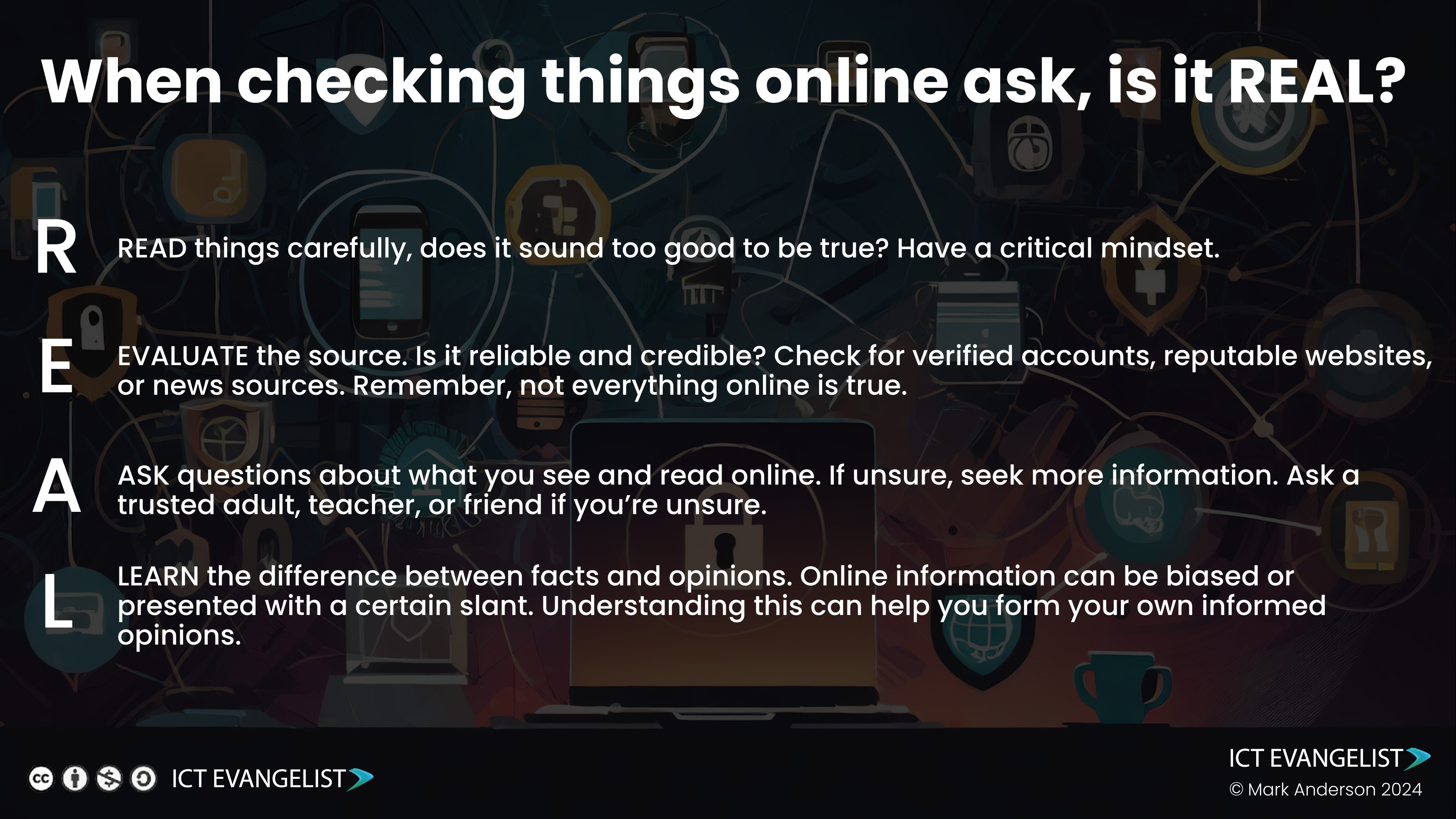
So where’s the presentation?
A preview of the presentation is embedded here for you to check out:
The main presentation can be accessed here. Please note, you’ll have to take a copy rather than just having direct access to the master version. Please do not ask for editing rights for the presentation as I won’t give it as that would change it for everybody else.
I hope you find it useful and I would of course love to get feedback on how you’ve used it, whether it was useful, so forth and so on. I’d love to hear from you.







